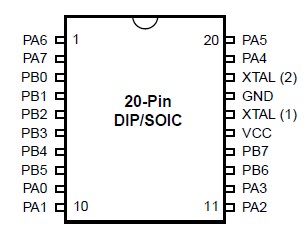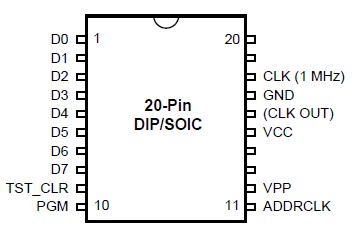Z8E520: Features: ` Six Vectored Interrupts with Fixed Priority` Processor Speed Dividable by Firmware Control` Operating Current: 5 mA typical in USB Mode; 2.5 mA typical in Serial Mode (@ 3 MHz); 5 mA typ...
floor Price/Ceiling Price
- Part Number:
- Z8E520
- Supply Ability:
- 5000
Price Break
- Qty
- 1~5000
- Unit Price
- Negotiable
- Processing time
- 15 Days
SeekIC Buyer Protection PLUS - newly updated for 2013!
- Escrow Protection.
- Guaranteed refunds.
- Secure payments.
- Learn more >>
Month Sales
268 Transactions
Payment Methods
All payment methods are secure and covered by SeekIC Buyer Protection PLUS.

 Z8E520 Data Sheet
Z8E520 Data Sheet







